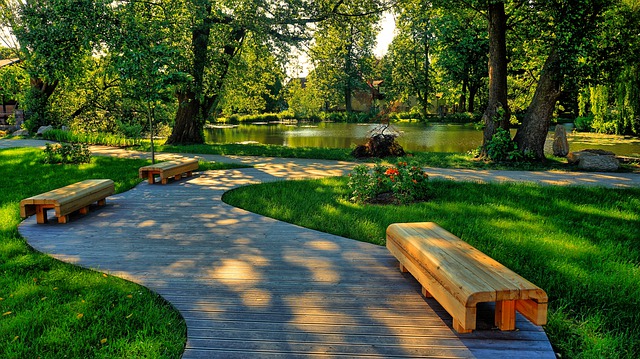The traditional concept of ‘bigger is better’ is being put to the test by thousands of homeowners in Canada, thanks to the tiny house movement. This is a segment of the home buying public who for a variety of reasons have dismissed the notion of the classic detached house and instead have opted for homes that have more in common with a travel trailer than they do a palatial mansion.
In many ways a social evolution, a philosophic desire to produce less and to leave a smaller footprint, the tiny house movement’s adherents are those who have elected to downsize the space in which they live. The general goal is to simplify their lives, to find a way to live with less of everything – including space.
So how big is your typical tiny house? While a standard-sized two or three-bedroom detached home might be 2,000 to 2,500 square feet, a tiny home will be in the 400 to 500 square foot range – with some extreme examples of micro-homes hovered in the 100 square foot zone. Life in a ‘doll house’ sized property like these will require a great deal of adjusting for its owners, but an adjustment many are willing to make.
As with individuals, tiny houses come in a virtually limitless range of styles, sizes and options. Some of the homes are constructed on concrete foundations, others are on wheels like a trailer for easy movement and relocation if desired. Some tiny houses are used as rental or vacation properties, while others are year-round owner occupied. Some tiny homes are custom-built affairs created by their owners; others are purchased ready-made from a select group of specialist manufacturers.
So, why the shift to tiny? Individuals join the movement for a variety of reasons, including environmental concerns, financial concerns, and the desire for more time and freedom. Whatever the motivator the tiny house movement is rapidly becoming a big business.



